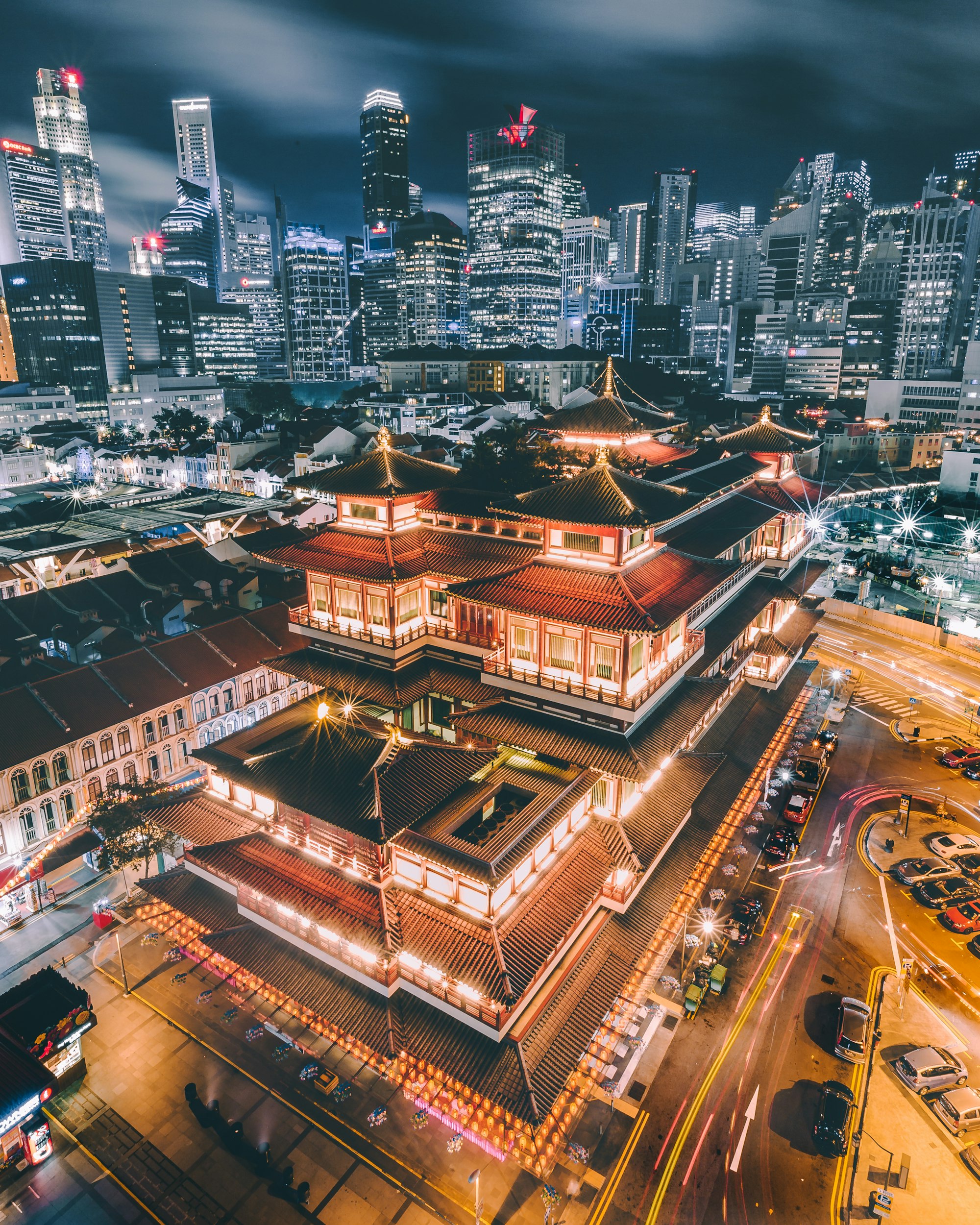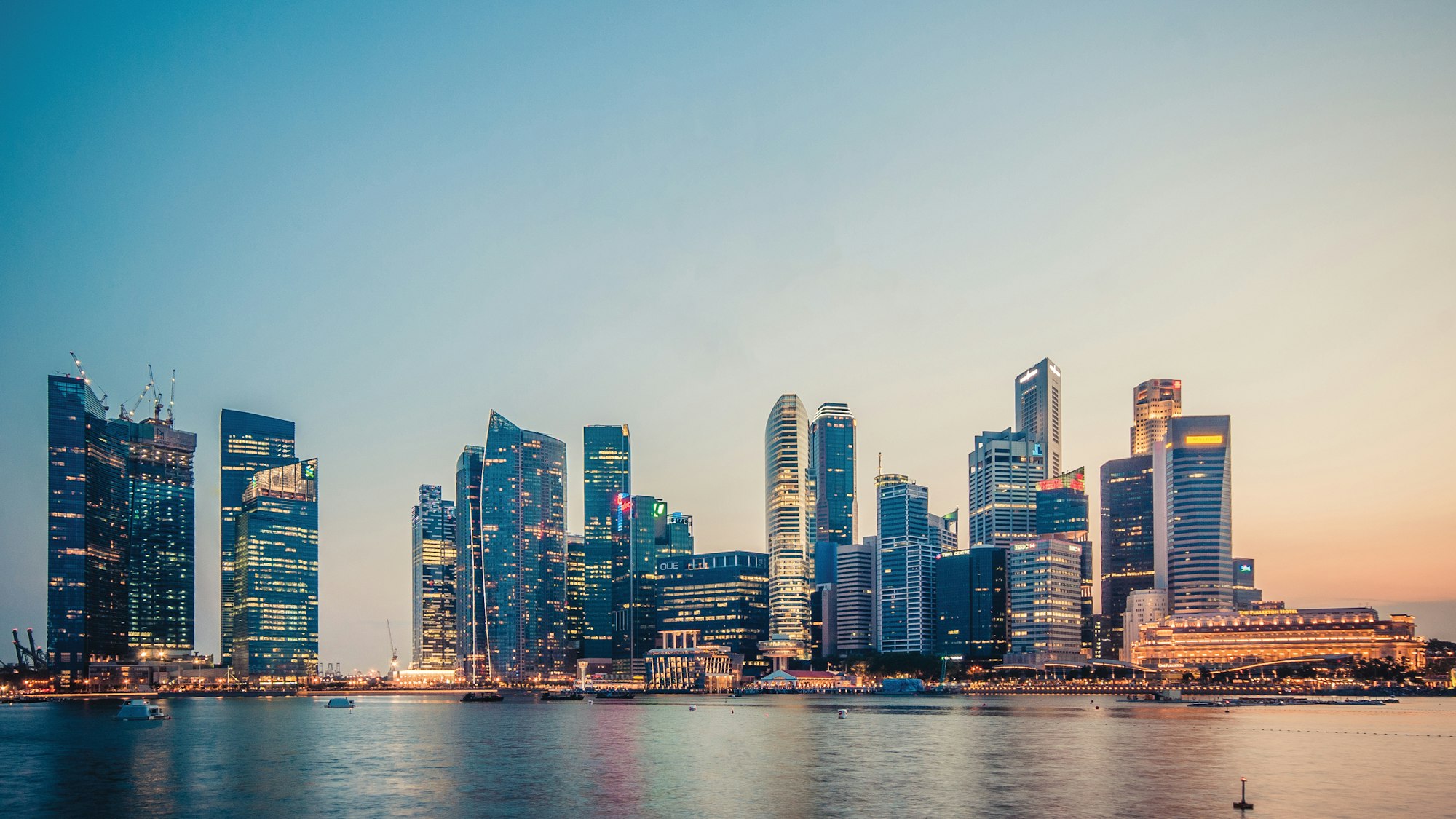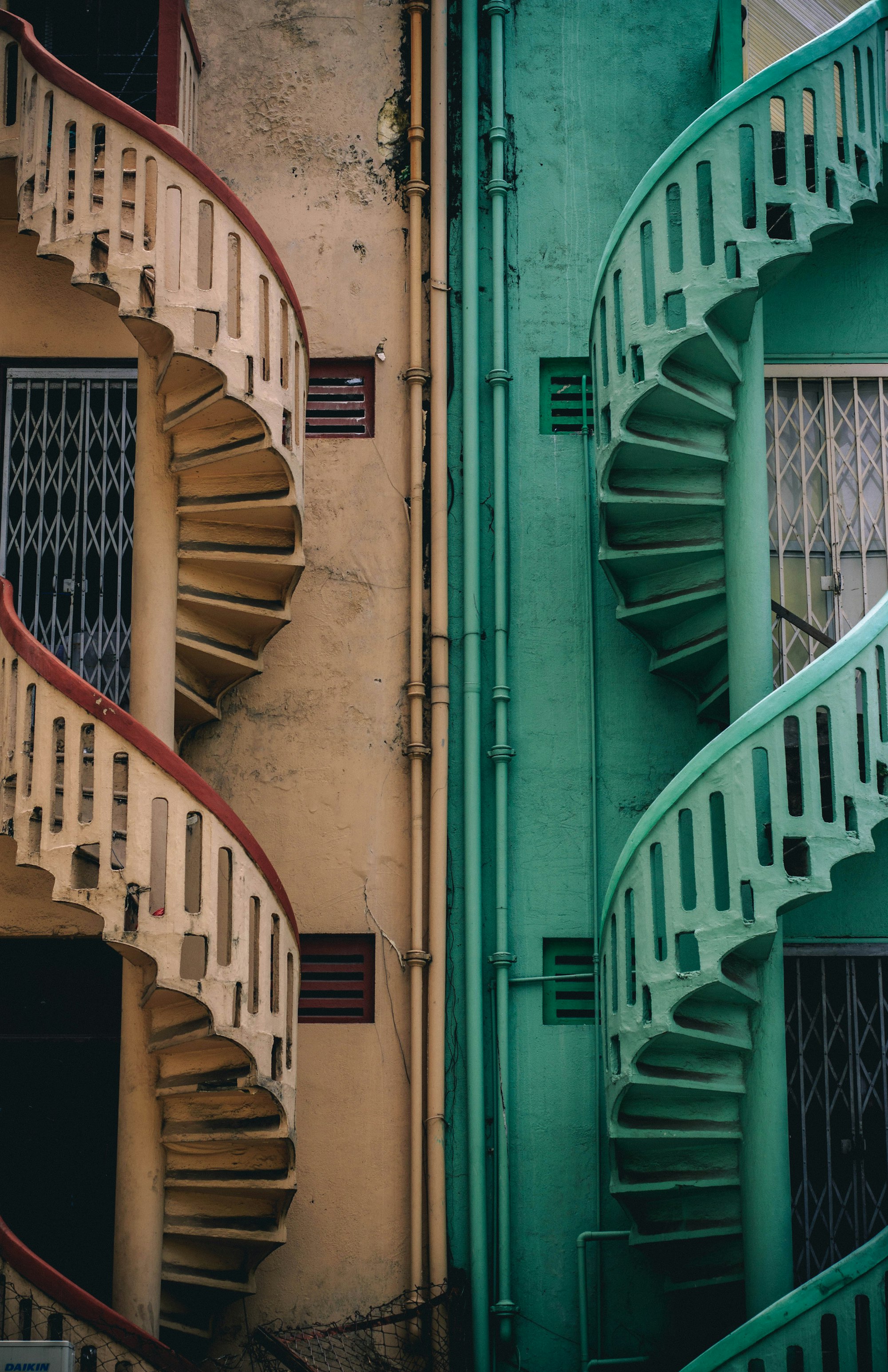What power plugs are used in Singapore?
Type G and Type C are Singapore power plug adapters. Most buildings in Singapore use Type G plugs, but you may also find Type C plugs in some places, especially in older buildings or hotels that cater to international travelers.

In Singapore, the power plugs used are Type G and Type C. Type G plugs have three rectangular prongs in a triangular pattern, while Type C plugs have two round prongs. It's always a good idea to check the Type of plug used in your accommodation before you travel, so you can bring the appropriate adaptor if needed.
Plugs
The power plug adaptors for Singapore are Type G and Type C.
Type G plugs have three rectangular prongs in a triangular pattern and are commonly used in the United Kingdom and some other countries. Type C plugs have two round prongs widely used in Europe and other regions.
Most buildings in Singapore use Type G plugs, but you may also find Type C plugs in some places, especially in older buildings or hotels that cater to international travelers.
If you are coming to Singapore from Europe, except the UK
In Europe, except the UK, they use Type C plug, which has two round prongs. However, some European countries may also use other plugs, such as Type E or Type F, which have two round prongs and an additional grounding pin.
Another difference is the voltage and frequency of the electrical supply. In Singapore, the voltage is 230V, and the frequency is 50Hz, while in most of Europe, the voltage is also 230V, but the frequency is 50Hz or 60Hz, depending on the country.
It's important to note that while some European countries may use the same Type of plug as Singapore (such as Type G in Malta or Cyprus), the voltage and frequency of the electrical supply may still differ.
It's always a good idea to check the specific requirements of the country you'll be visiting before you travel and to bring the appropriate adapters and voltage converters if necessary.

If you are coming to Singapore from North and Central America or Japan
In North and Central America, the power plug adapter they use is Type A or Type B plugs, which have two flat prongs or two flat prongs, and a round grounding pin more common.
Besides, in Japan, Type A and Type B plugs are also used, but with slightly different configurations.
Another difference is the voltage and frequency of the electrical supply. In Singapore, the voltage is 230V, and the frequency is 50Hz, while in North and Central America, the voltage is typically 120V, and the frequency is 60Hz. In Japan, the voltage is 100V, and the frequency is 50Hz or 60Hz, depending on the region.
On the other hand, the Singapore power adapter plug is a type G plugs with three rectangular prongs in a triangular pattern. It means you must use the adapter if planning to go to Singapore from North and Central America or Japan.
If you are coming to Singapore from the UK, Ireland, Cyprus, Malta, Malaysia, Singapore, or Hongkong
The main difference between Singapore power plugs and those used in the UK, Ireland, Cyprus, Malta, Malaysia, Hong Kong, and other countries is the Type of plug and socket used.
In Singapore, Type G plugs with three rectangular prongs in a triangular pattern are commonly used, similar to those used in the UK, Ireland, Cyprus, and Malta. In Malaysia, Singapore, and Hong Kong, Type G plugs are also commonly used, but Type C plugs with two round prongs may also be used.
While the Type of plug used may be the same, there may be differences in the voltage and frequency of the electrical supply between countries. In Singapore, the voltage is 230V, and the frequency is 50Hz, the same as in the UK, Ireland, and Malta. In Malaysia, the voltage is 240V, and the frequency is 50Hz, while in Hong Kong, the voltage is 220V and 50Hz.
If you are coming to Singapore from Australia, NewZealand, South Africa, Argentina, or parts of China
In Singapore, type G plugs are the power plug adapter commonly used, while in Australia, New Zealand, and parts of China, Type I plugs with two flat pins in an inverted V-shape and an additional grounding pin are used.
In South Africa, Type D plugs with three round pins in a triangular pattern are commonly used, while in Argentina, Type I and Type C promotes with two round prongs are used.
Another difference is the voltage and frequency of the electrical supply.
In Singapore, the voltage is 230V, and the frequency is 50Hz, while in Australia, the voltage is 230V or 240V, and the frequency is 50Hz; in New Zealand, the voltage is 230V, and the frequency is 50Hz; in South Africa, the voltage is 230V, and the frequency is 50Hz, and in Argentina, the voltage is 220V, and the frequency is 50Hz.
Suppose you plan to travel to any of these countries. In that case, it's essential to check the specific requirements of the country you'll be visiting before you travel and to bring the appropriate adapters and voltage converters if necessary.

Voltage and Frequency
The voltage in Singapore is 230 volts AC, and the frequency is 50 Hz. This is the standard electrical supply in Singapore, and ensuring that any electrical appliances or devices you use or bring to Singapore are compatible with this voltage and frequency is essential.
It's also important to note that the power plugs used in Singapore are Type G plugs with three rectangular prongs in a triangular pattern, so you may need to bring an adapter if your device uses a different type of plug.
If you are coming to Singapore from North and Central America or Japan
In Singapore, the voltage is 230V, and the frequency is 50Hz, while in North and Central America, the voltage is typically 120V, and the frequency is 60Hz. In Japan, the voltage is 100V, and the frequency is 50Hz or 60Hz, depending on the region.
You must note that using a device designed for a different voltage or frequency can damage the device or create a safety hazard. If planning to travel to Singapore from North or Central America, or Japan, it's essential to check the specific requirements before and to bring the appropriate adapters and voltage converters if necessary.
If you are coming to Singapore from the rest of the world (except some areas in the Philippines, Peru, South Korea, and Brazil)
The voltage and frequency used in Singapore are the same as those used in many countries in Europe, Africa, and Asia. However, the voltage and frequency can vary across different regions and countries.
For example, in some European countries, the voltage is 220V, and the frequency is 50Hz. In other countries, such as Russia and Belarus, the voltage is 230V, and the frequency is 50Hz, similar to Singapore. In some African countries, such as Egypt and Morocco, the voltage is 220V, and the frequency is 50Hz, while in other countries, such as South Africa, the voltage is 230V and the frequency is 50Hz, which is similar to Singapore.
In Asia, countries such as China, India, and Malaysia use a voltage of 220V or 240V and a frequency of 50Hz. Meanwhile, Japan uses a voltage of 100V and a frequency of 50Hz or 60Hz, depending on the region.

What if you don’t have the correct plug?
If you don't have the correct plug when visiting Singapore, you can purchase a plug adapter to convert your device's pin into the Singaporean power socket. These plug adapters are widely available in Singapore's electronic and travel accessory stores.
However, it's important to note that plug adapters only convert the plug's shape and not the electrical supply's voltage or frequency. If your device is incompatible with Singapore's voltage and frequency, you must use a voltage converter to avoid damaging your device or creating a safety hazard.
Alternatively, you can purchase electrical devices in Singapore that are already compatible with the local power supply. Many electronic stores in Singapore sell a wide range of electrical appliances, including smartphones, laptops, and other electronics that are designed to work with local voltage and frequency.
If you plan to travel to Singapore, don't miss out on our ultimate local insights.
